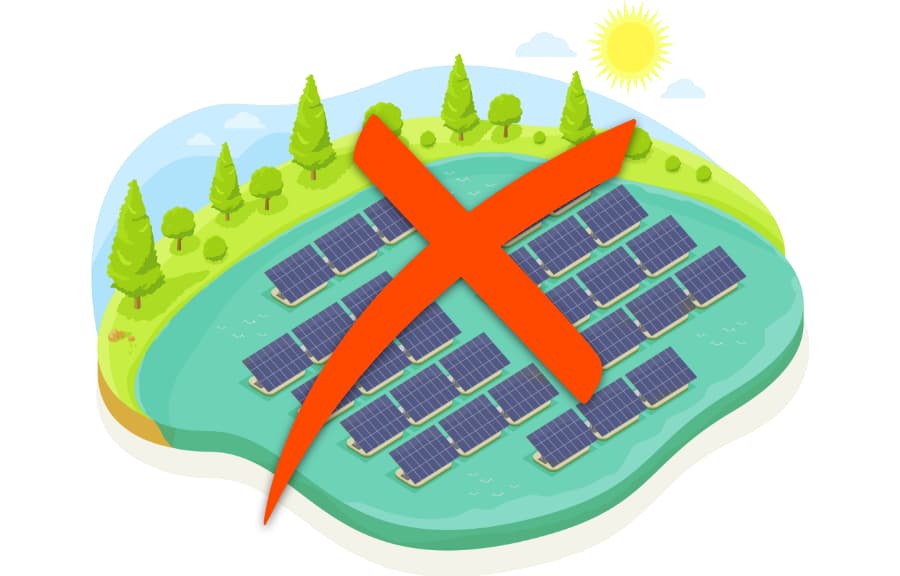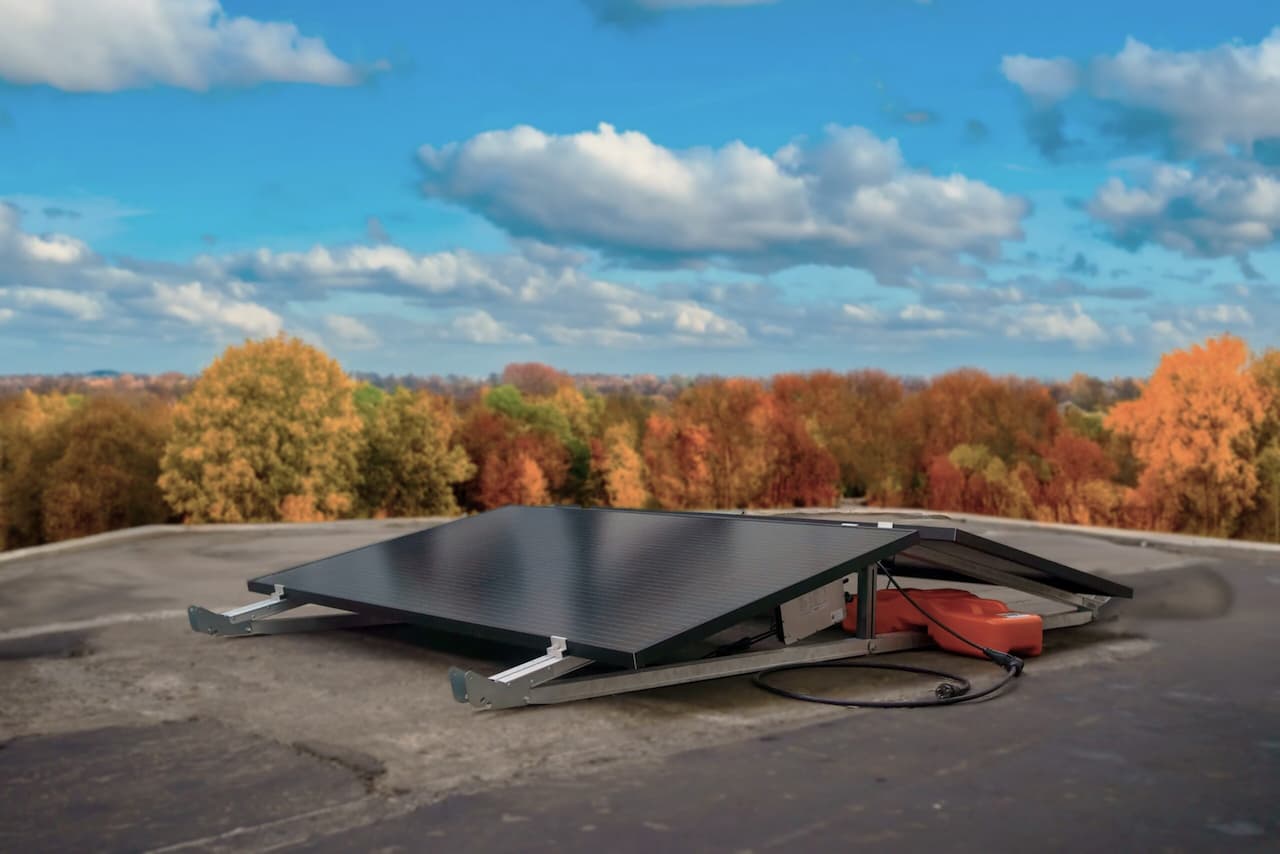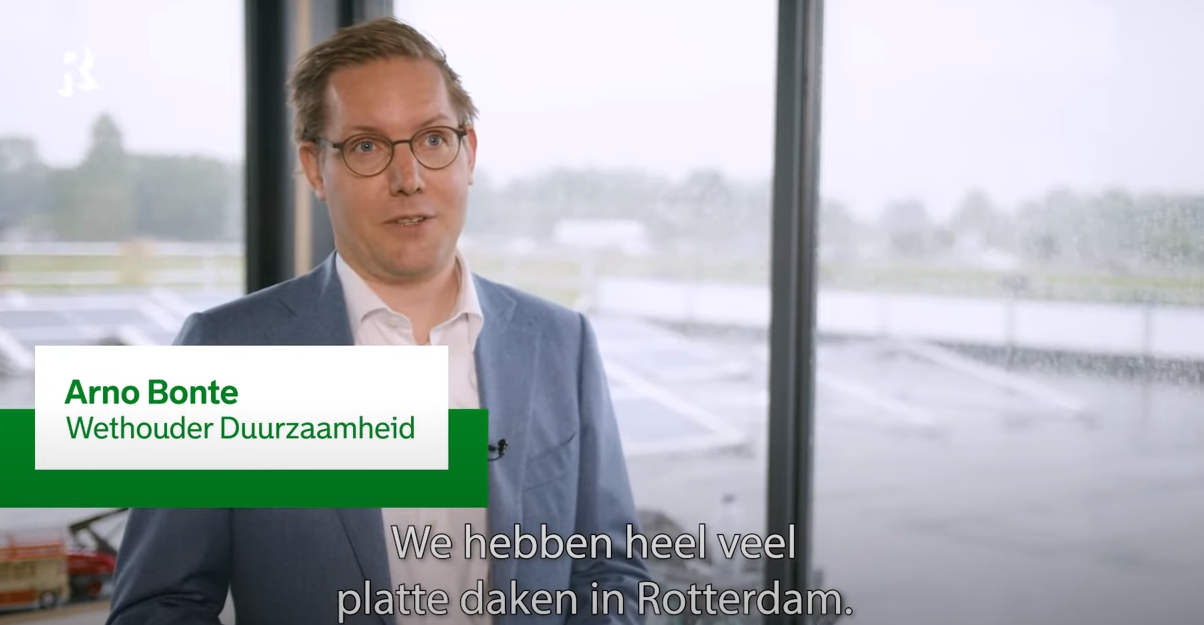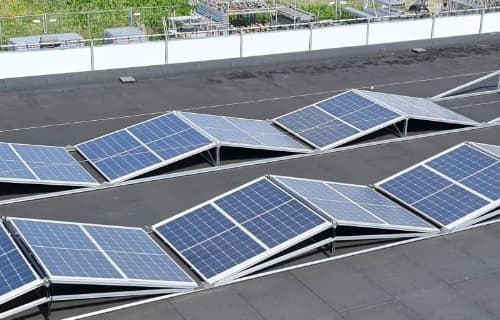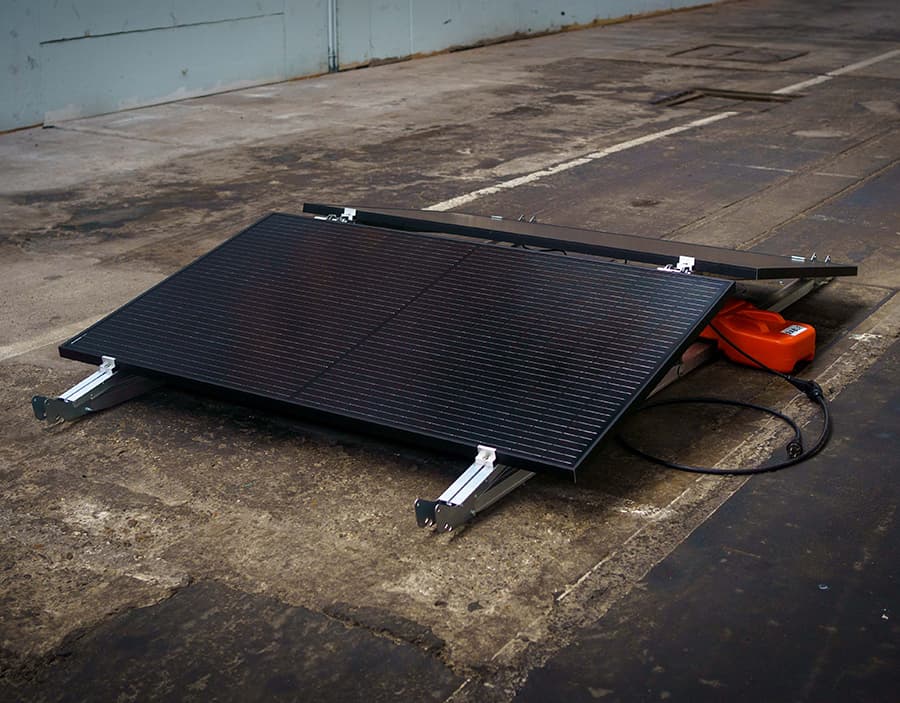Unlocking the solar energy potential of all roofs
RABLE manufactures an innovative mounting structure for solar panels. A solution that allows mounting of solar panels on all flat roofs, even when the roof construction is very weak. With the potential to equip all rooftops with solar energy using our zero-ballast solar support system, we can protect nature and accelerate the energy transition.
Accelerating the energy transition!
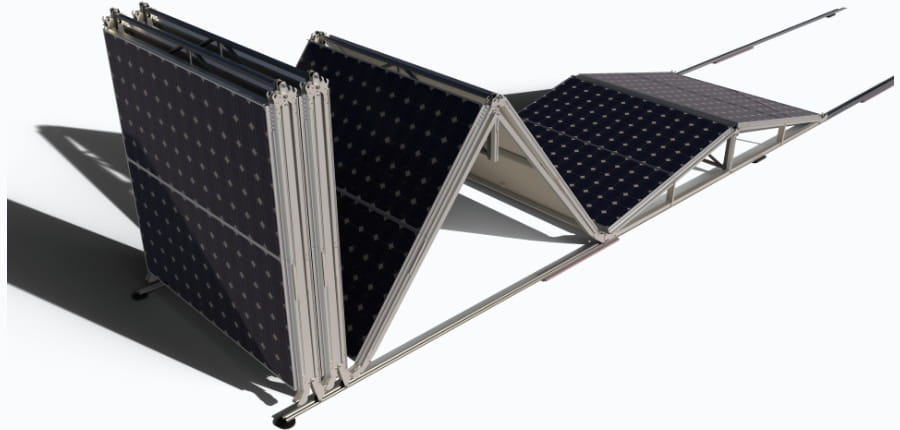
VISION
RVO has concluded from research that more than half of Dutch commercial roofs are not suitable for solar installations. In the Netherlands, solar panels on a flat roof with more than 295 m2 of roof area are only possible after a costly renovation. RABLE has a self-supporting mounting system which allows, without any renovation costs, solar installations to be placed on these roofs. Our goal is therefore to utilize all roofs as soon as possible and provide them with renewable energy.
Winner of Best Innovation Award 2024!
We are proud to announce that we recently won the prestigious Innovation Award. This recognition is an affirmation of our continued commitment to innovation and sustainable solutions. Thank you for your support and commitment to our groundbreaking development!

Introducing our Carpark-solution
Transform parking lots into power plants with our smart solar-powered carports. Thanks to our "floating" PV mounting structure and technology for "weak" roofs, we have developed a self-supporting system that requires 50% fewer support pillars.
RABLE news!

Products
The RABLE substructure is a technologically advanced system based on a truss design. This design includes a truss in longitudinal and transverse directions, resulting in a rigid and stable structure. The unique aspect of this system is the patented tension cable running along the length, making the system self-supporting.
Thanks to this self-supporting feature, the RABLE substructure can span up to 25 meters while relying on the existing roof beams or rafters. This ensures that there is little to no load on the roof panels.
The RABLE substructure is ballast-free and is mounted on the roof with minimal roof anchor points at the ends of the structure. The RABLE substructure can already provide a suitable solution for roofs that can support no more than 7 kg of ballast per square meter, without any structural modifications.


